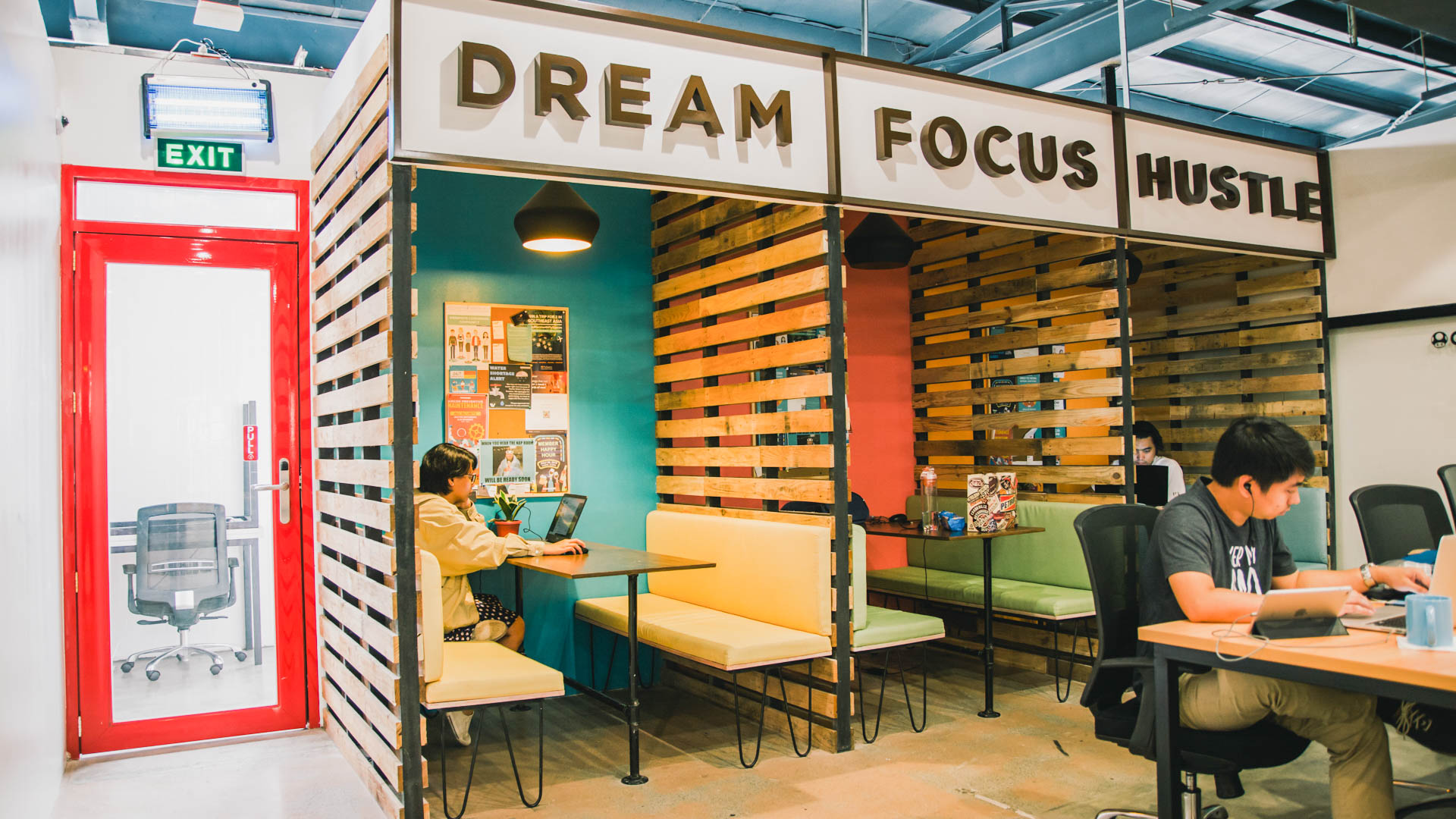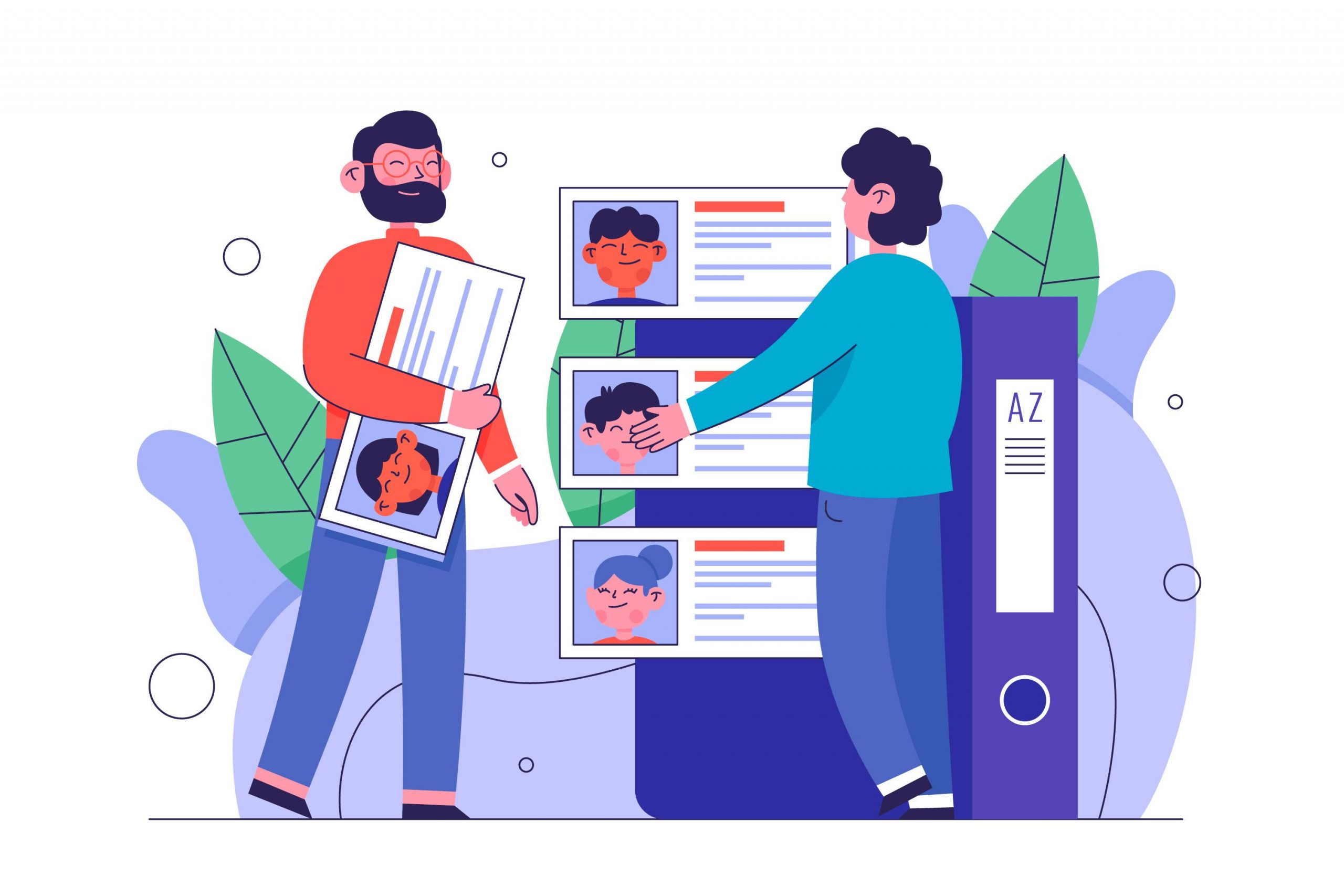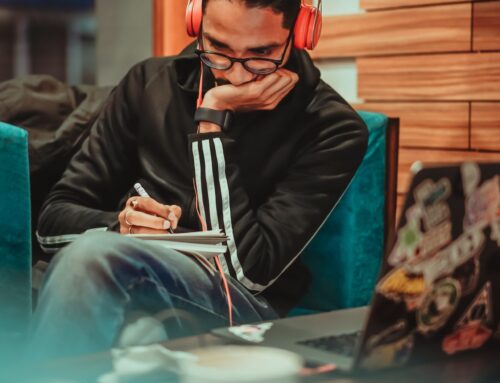This is a guest post from Steven Sevilla, a Digital Marketing Associate at Weremote who enjoys writing useful content for readers to learn and enjoy. He has an ambition in building his career towards Content Writing, Copywriting, Content Marketing, and SEO.
Hybrid and Flexible Remote Work has risen in popularity at the height of the COVID-19 Pandemic (2020), making it a new normal for the majority of workers and employees. Although it wasn’t new for some. With the rapid transition from the traditional 9-to-5 office environment to a completely experimental flexible hybrid and remote work comes new technologies and flexible workspace solutions.
One of the advantages of flexible workspace solutions it is catered to helps businesses and organizations to transition to the new normal for their employees and workforce. And the great thing is, it is also beneficial for HR Managers/Practitioners to enable flexible HR management, increase productivity for employees, and with talent retention and attraction.
The roles and responsibilities of an HR Manager is something that we don’t appreciate enough. When you hear the term “HR Management” many might think of interviews, hiring, and payroll management. They wouldn’t be entirely wrong, but being an HR Manager is more than that. It is not just looking for the best candidate and giving your 15th-30th salary. HR Managers also deal with the satisfaction and wellness of the employees, create learning and development opportunities for career development in the workforce, and maintain legal compliances with the government policies.
As an HR with a lot of heavy responsibilities, you would want to lessen the burden and workload without compromising the quality of the service you provide. Being an HR Manager is no easy task. You are the ‘glue’ of the workforce that keeps the business together. Especially managing a bigger and larger workforce in the organization. Research in 2021 shows that the HR-to-Employee ratio decreases when the staff size increases. (HR-To-Employee ratios for Small-Organization: 3.40, Medium Organization: 1.22, and Large Organization: 1.03.)
So, how can flexible workspaces help HR managers retain their company’s workforce while keeping employees happy?
5 Reasons to transition to flexible workspaces
Flexible Workspaces offers more than just the physical space that you go to. It enables small-to-large businesses and organizations to transition to flexible work environments, workforce, and operations including HR. It streamlines the HR operations that proactively overcome workforce challenges that help with employee productivity and efficiency through its flexible workspace.

1) Flexible workspaces enable work flexibility
According to a survey, 9/10 employees preferred the flexibility of work. Most flexible workspaces (AKA coworking spaces) are accessible for your employees 24/7, meaning they can go to work at any time of the day they want. Let’s say Employee A follows a routine and produces more efficient work in the morning, s/he can choose to go to the workspace between 8-5 PM. If Employee B is a night owl, who produces creative and unique ideas in the middle of the night, s/he can choose to go to work even when everyone is asleep. An employee who is in control of their work tends to be happier and more likely to stay on the job.
2) Coworking spaces give employees access to more resources
Flexible coworking spaces are designed for like-minded remote workers that ensure to satisfy workers’ needs. The majority of coworking spaces provide high-speed fiber internet, fresh coffee, free usage of office equipment, and fun yet peaceful workspace to help employees focus on the work and finish things that need to be done. This is an atmosphere many employees cannot get at home, which helps improve the quality of their work performance and experience.
3) Flexible workspaces help enhance work-life balance
Work flexibility promotes a healthy work-life balance for employees that want to separate their personal life from work life. The coworking spaces provide a dedicated workspace for employees where they can focus and have fun at work without the external distractions that may hinder them from hitting the sweet spot from a proper healthy work-life balance. Employees being in control of their work also promotes positive health and personal well-being. Happy employees are productive employees.
4) Coworking spaces provide diverse inspiration
Most employees are required to go to work 9 hours a day, 5 days a week, and only left with 2 weekends of rest. With the help of coworking spaces, employees are exposed to a workspace that is filled with various professionals from different industries in the coworking area. Getting the opportunity to collaborate and mingle in a community with like-minded professionals reinforces a sense of purpose and can provide more inspiration than working in the same cubicle with the same people all week.
5) Having a reliable office space maintains a sense of order
Last but not least, having an optional workspace available to your employees can provide a sense of order and re-center your workforce when needed. Whether you use a coworking space, or turn your former office into a more fluid working space where employees can come and go, knowing that there is an office available to them will help your employees feel supported and organized.
Takeaway – Flexible workspaces are here to stay
These flexible spaces emerged as work solutions not just for workers, but for businesses, organizations, and most definitely HR Managers. As the COVID-19 pandemic hit, it changed work forever in just a snap. On top of being a nice perk, these flexible workspace solutions helped shape what remote work looks like. For employees, the flexibility of work became the highest demand when considering a job and one of the factors for employee retention and job satisfaction for your employees.




